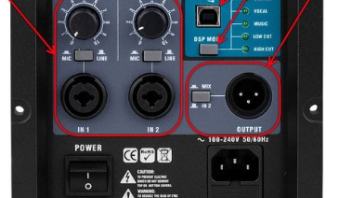Here is something interesting for the DIYers. After a review of the Dayton Audio (DA) PPA800D pwr amp from Parts Express. vs the Xitone pwr amp. They appear to be the same plate amp. The PPA800 has a DSP shaping function, capable of shaping and compensating for most cab/speaker deficiencies via the USB port. Xitone most likely had DA preset the DSP for their cab and had no need for the USB port.


Something to consider:
Xitone FRFR Active Wedge ~ $899
Dayton Audio PPA800D ~ $279
Eminence Beta-12CX ~$85
Eminence PSD2002-8 ~$75
cab/wedge materials ~$200
Total ~$640 + free labor
I am not advocating either selection, just illustrating the options for anyone interested in a DIY frfr pwr cab.
Currently I use either a Headrush cab or a Thiele cab loaded w/ an EVM12L, depending on the gig.
Cheers. 
